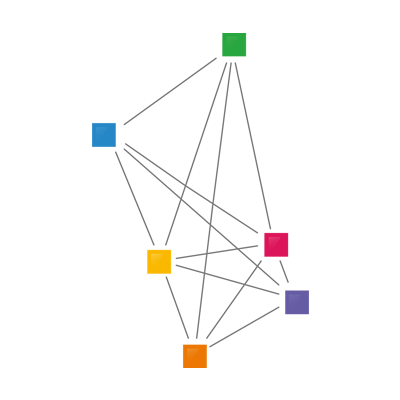Digital fabrication in Serbia and its applications in cellular agriculture
5 Apr 2019 14:00h - 14:15h
Event report
[Read more session reports and live updates from the 2nd Western Balkan Digital Summit]
Ms Ivana Gadjanski (Research Fellow and Senior Scientific Consultant at Institute BioSense, University of Novi Sad) started her presentation by explaining the concept of cellular agriculture, which is the production of agricultural products using cell cultures. Why do we need such agriculture? It is estimated that, by 2050, there will be close to 10 billion people in the world and the need for food will be 70% higher than now. This is one challenge that cellular agriculture could help addressing. Another challenge nowadays is related to climate change and the protection of the environment. The standard agricultural processes are producing green-house emissions and also utilising significant quantities of natural resources. With cellular agriculture – which basically means growing meat in the lab – there is a significant reduction in the use of resources. This type of agriculture can also be seen as more ethical: by using animal cells for producing meat, for example, animals no longer have to be sacrificed.
Gadjanski then explained how cellular products are made with cellular agriculture. Most cellular products exist in tissues; they are made outside the body through tissue engineering. Tissue engineering principles are used both in regenerative medicine and cellular agriculture. But the goal of cellular agriculture is to grow tasty meat, with adequate nutritional value. The method being used is biopsy taken from the animal and then grown in the lab. Where is the technology now? The first lab-grown burger was produced in 2012, it cost 250 000 euro, and the process involved a three-month period of cell culture. Now the costs are much lower, but still too high for commercial use.
Growing cultured meat (also called clean meat, lab-grown meat, in-vitro meat, or designer meat) comes with a number of challenges, such as growing a large number of muscle cells, making bigger 3D constructs of meat, growing different cell-types together, and high costs, mostly related to the media for cultured meat. This is why we have burgers now, but no steak – the costs are too high at the moment. In this context, tissue engineering is focusing on being able to culture different types of cells together in 3D. Digital fabrication and 3D printing could help in this regard. Another challenge is related to where to grow large numbers of cells. This happens in bioreactors, where new methods of fabrication come into play, but which are also expensive. A mind map of challenges associated with the development of culture meat shows that bioreactors and sensors to monitor the components of the media are among the most pressing issues.
Responding to a question from the audience about when we would be able to buy cultured meat, Gadjanski mentioned that there are some US-based start-ups which argue that this would be possible by the end of the year. But more realistic estimates argue that in the next two to five years cultured meat (in the form of burgers) will get into the food chains. It will take many more years until cultured steak can be commercialised on a large scale.
In the last part of her presentation, Gadjanski outlined several initiatives focused on digital fabrication in Serbia, such as the FABinitiative, which is dedicated to funding fab labs (laboratories for digital fabrication) and supporting STEAM entrepreneurship, and Fab Lab Petnica.
By Sorina Teleanu
Related event

